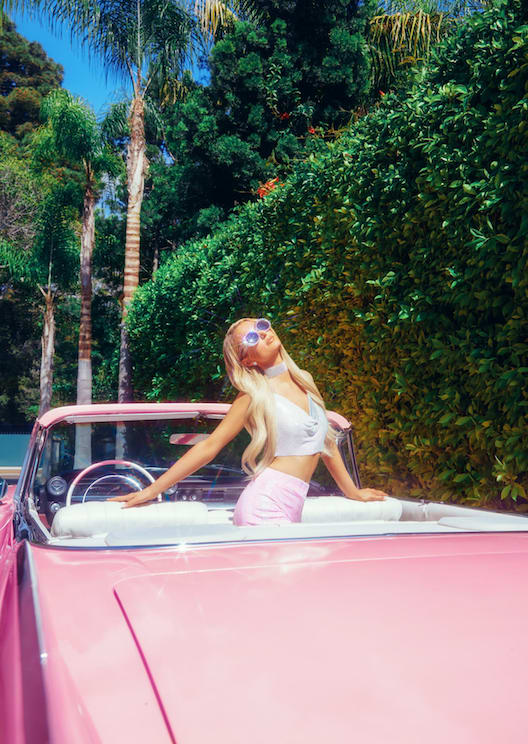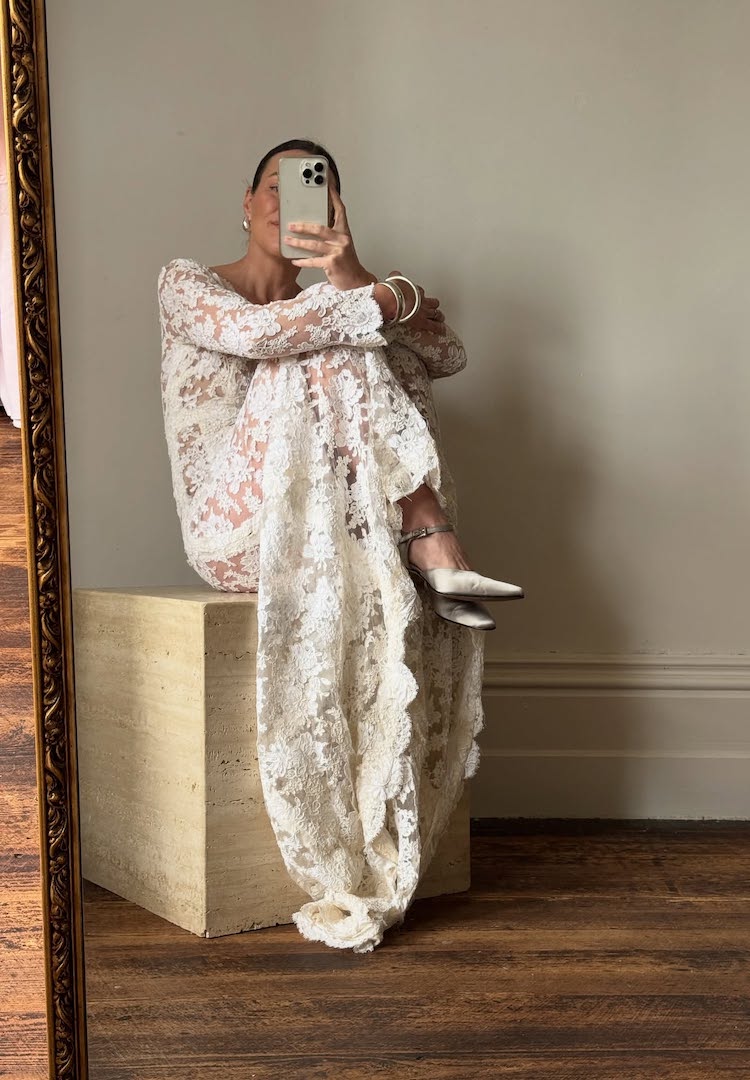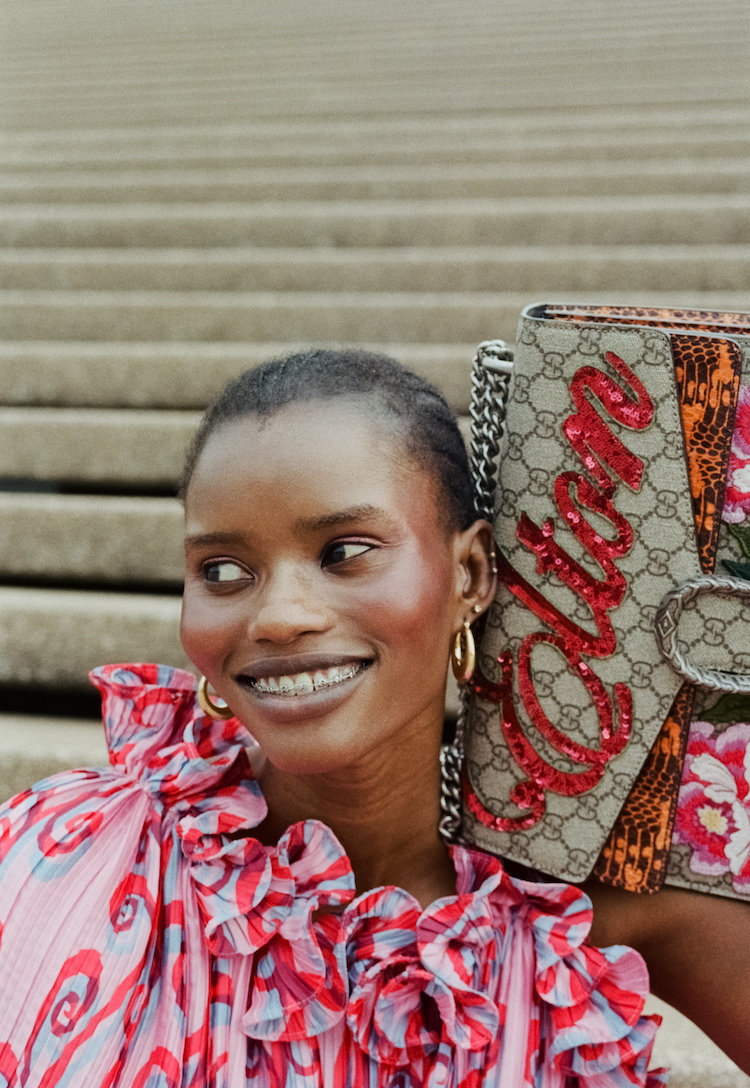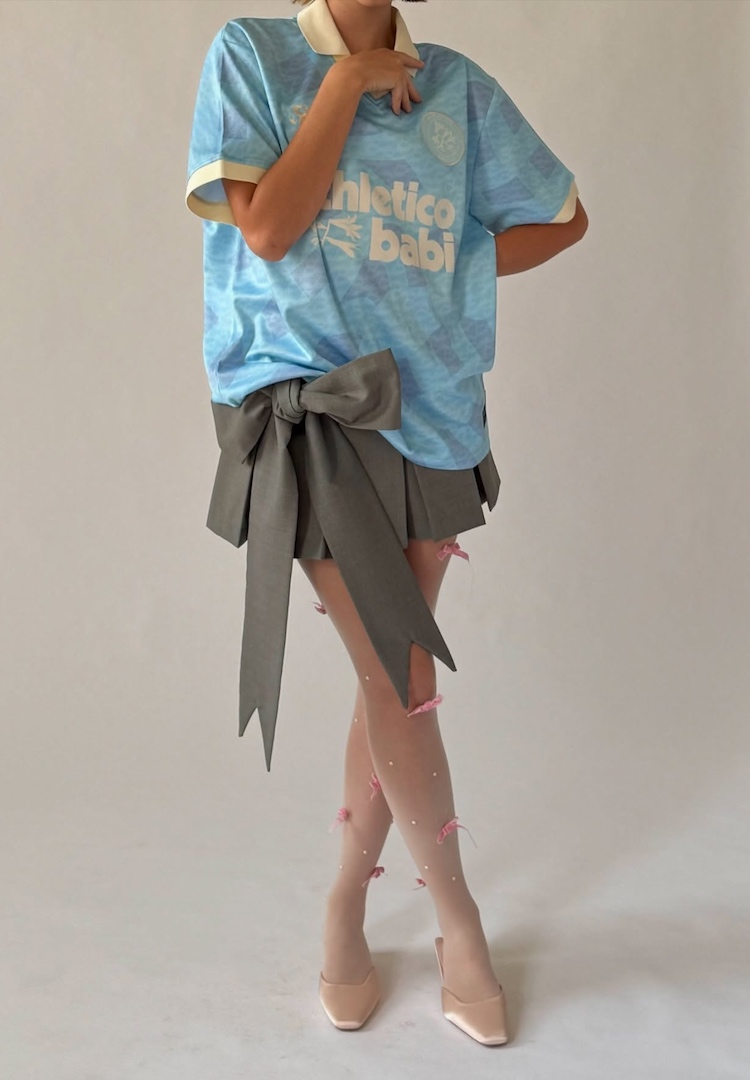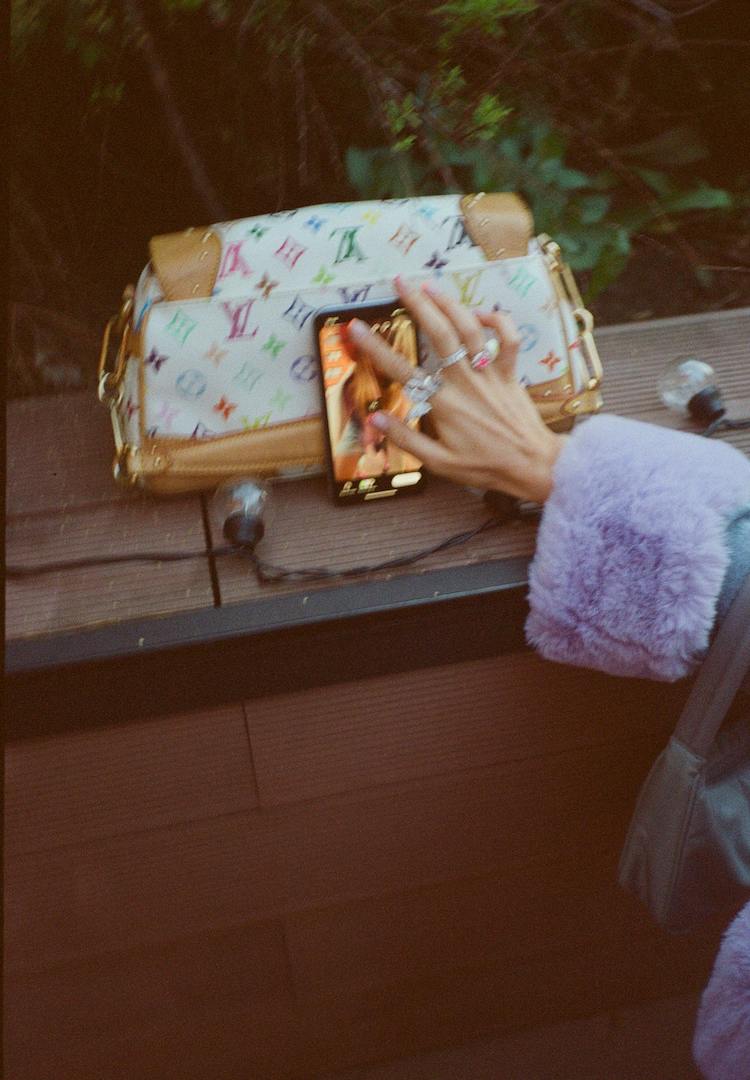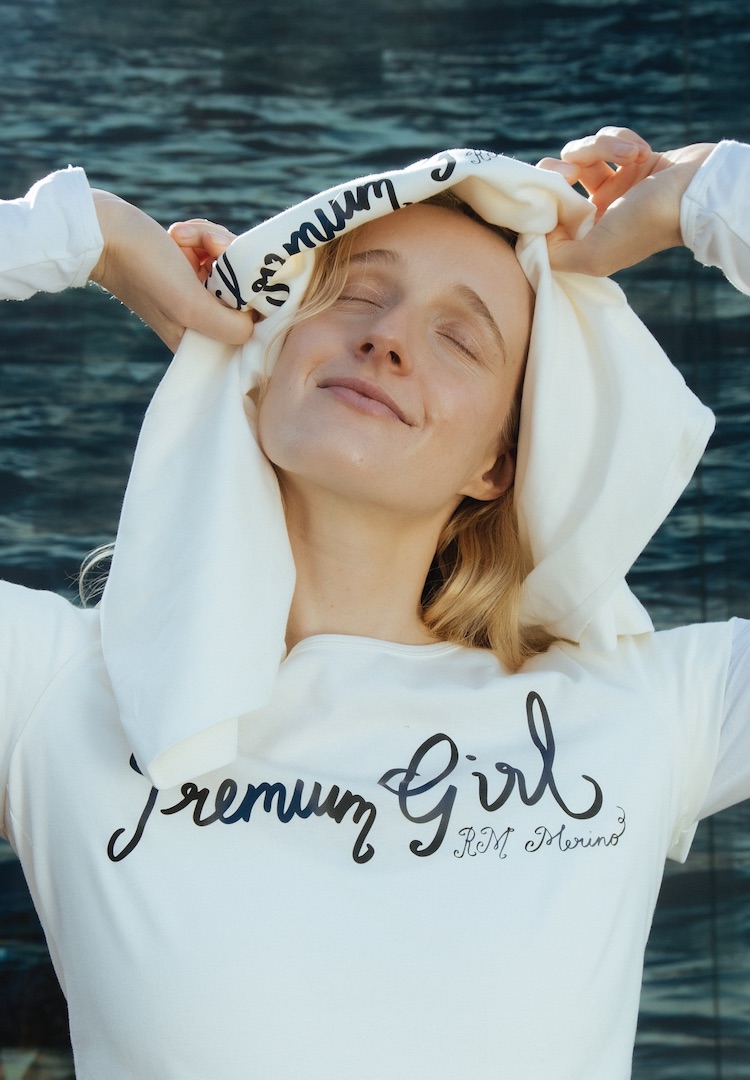Is circular fashion the real deal?
Illustration by Twylamae
Maybe we need to take a step back and adjust the way we consume.
No matter how much I read, or how many podcasts I listen to, sustainable fashion doesn’t become clearer. What makes a label sustainable? How many “sustainable” decisions do brands have to make before they are worthy of the higher status? There is no black-and-white checklist when individual values come into play.
And this brings me to circular fashion – yet another buzz term in the sustainable fashion realm. At its heart, circular fashion is the continual use of pieces or an earth-to-earth approach to design. Fashion resale sites like TheRealReal and Vestiaire Collective use a circular strategy, keeping key designer pieces circulating in wardrobes. Then there are rental sites built on loaning statement pieces for wear and return, to then be consumed again and continue the circle of fashion.
What I’m interested in is the repair, reuse, recycle side of things. In an ideal world, we would only purchase quality pieces, designed to be returned to their original materials for cyclical use. Even after tough wear-and-tear, no waste is produced.
Dame Ellen MacArthur, the Circular Fibres Initiative founder, refers to our current fashion model as “take-make-dispose.” Today’s fashion needs to make the switch; instead of disposal, insert “compost” or “recycle”. Consumers and brands alike must lead the charge.
But I’ve got a curly question: can fashion labels truly ingrain this thinking when, ultimately, they are businesses encouraging consumption to turn a profit?
Enter H&M. As a business model, there are many inherent issues: producing low-quality clothing at an ever-faster rate being an obvious one. This only results in overproduction (meaning wasted pieces, materials and inputs) and an over-reliance on current fads and trends – here one day and gone the next. So, can a brand like H&M *actually* be sustainable? Even with an applaudable take-back program – where garments are accepted in any condition for reuse and recycling – can a fast-fashion brand claim sustainability? The circular economy may be the key to solving fashion’s environmental problems, but maybe we have to take a step back and adjust the way we consume first.
A brand like the much-celebrated US label Eileen Fisher may be on the right track. While still not perfect, Eileen Fisher has established itself as a wavemaker in the sustainable fashion scene. Back in 2009, the label first implemented its take-back program – accepting old Eileen Fisher pieces in any condition. While some garments are straight-up resold, others are mended or over-dyed prior. More are passed on to Eileen Fisher’s Tiny Factory, where garments are thoroughly sorted and returned to their original components – buttons, labels, zippers, various fabrics. New pieces are constructed in patchwork-like form, creating one-off adaptations of existing patterns, and hardware is returned to factory partners for reuse and repair.
The difference here is the original business design. Eileen Fisher has long been a stickler for the sustainable side of things, producing only quality garments and supporting local workers. What we need, IMHO, are more brands designing out the waste from the outset, and not just offering a band-aid solution when they see the worn t-shirts starting to pile up. Instead of continuing to build the precocious mountain, make adjustments, so they’re less likely to end up there in the first place. Design the problem out.
So, is circular fashion at all possible? With a change in the way we consume, yes. With a change in the materials are clothes made from, yes (Google mushroom and algae clothing). Start by selecting the well-made pieces, treating them right, and repurposing them as much as possible at the end of their life. Cue ‘The Circle Of Life’.

